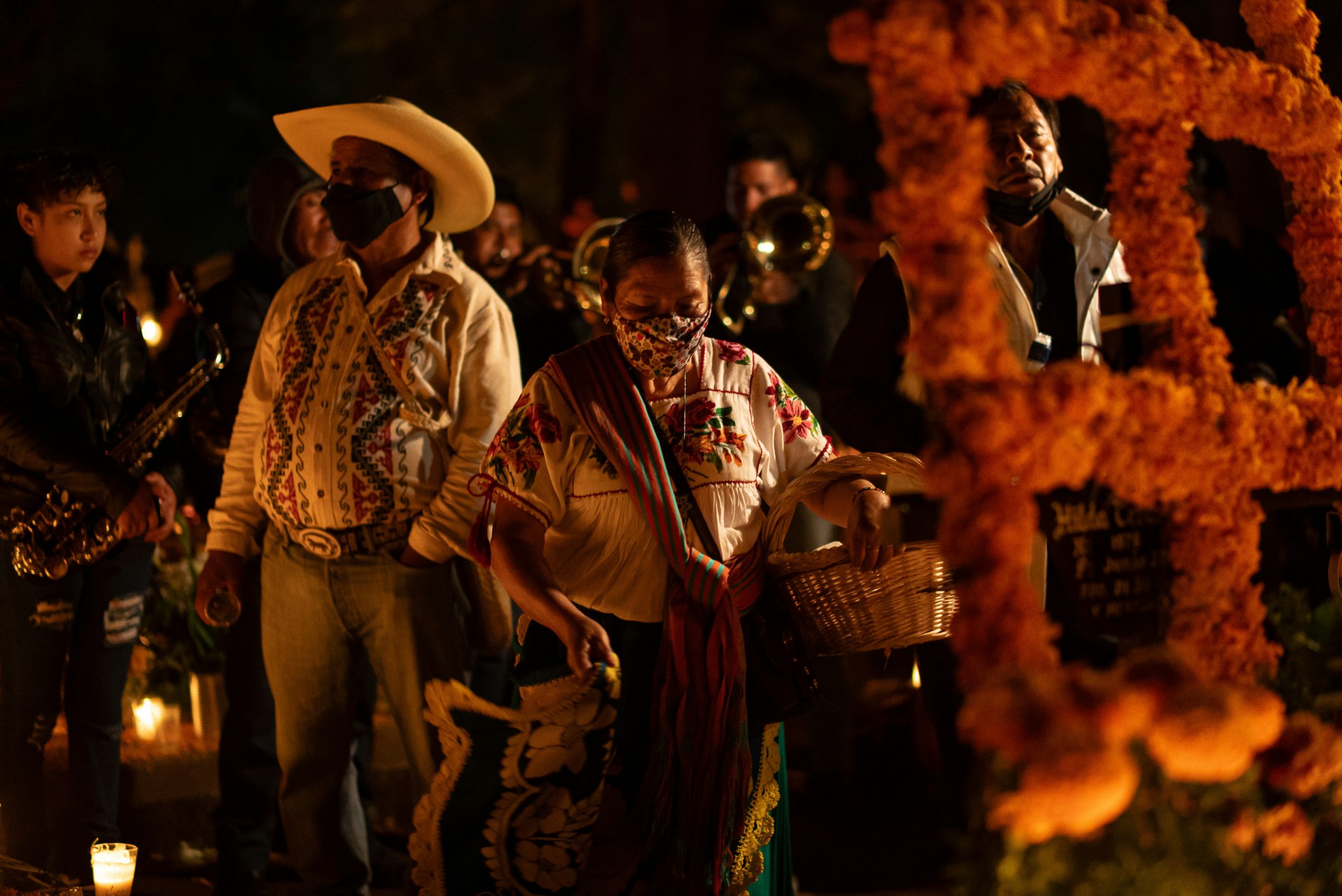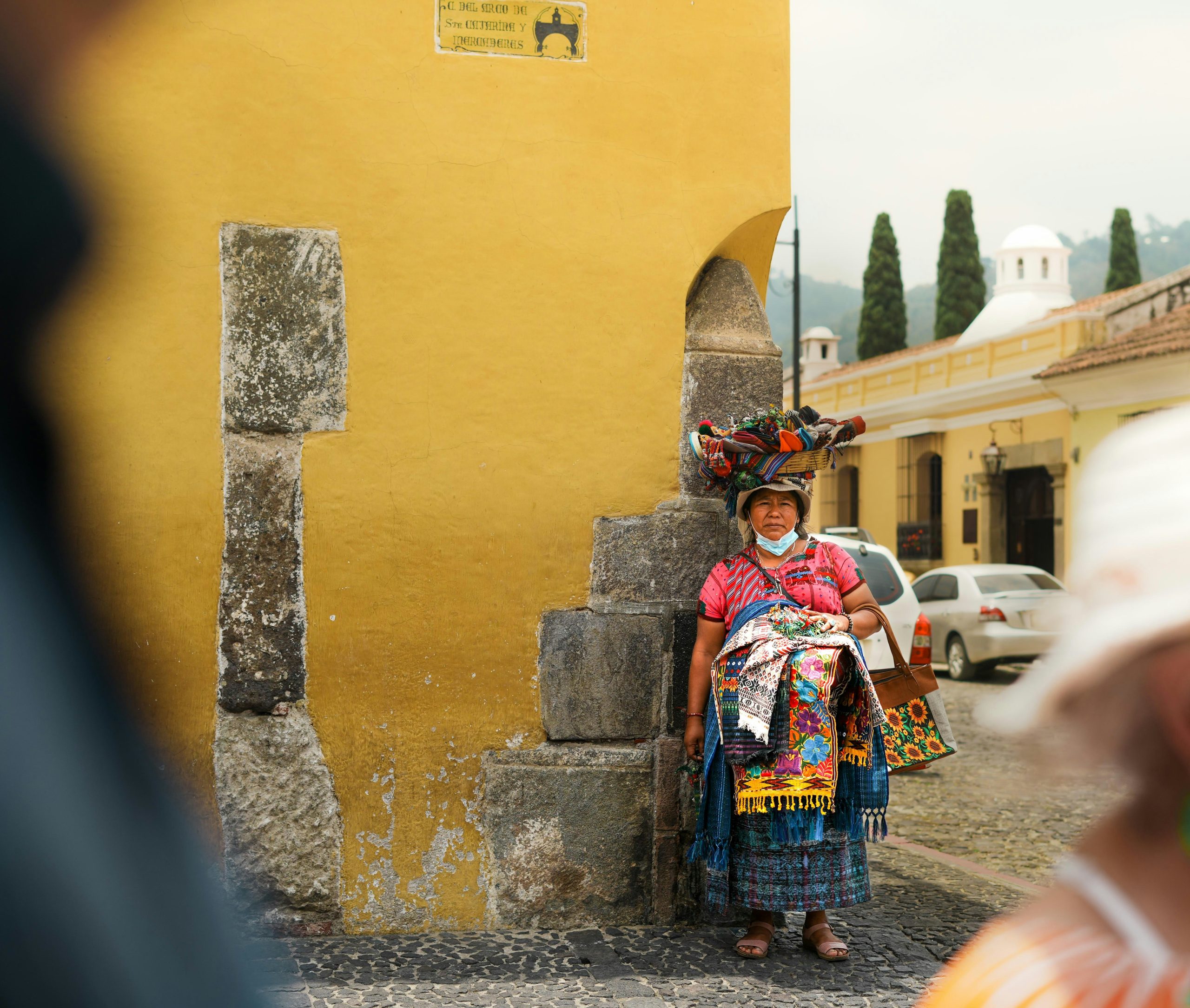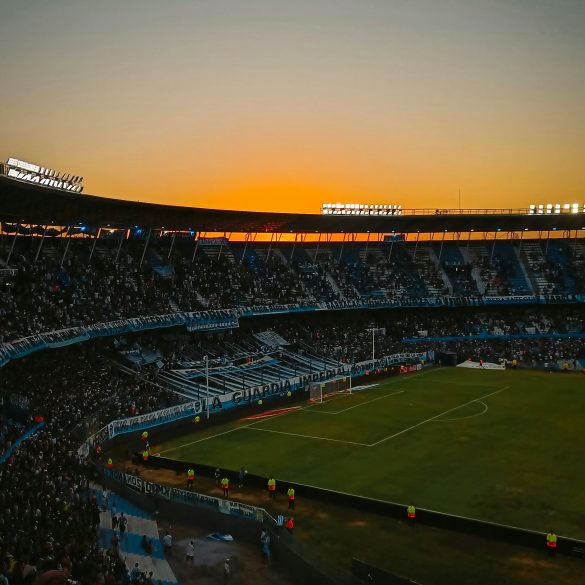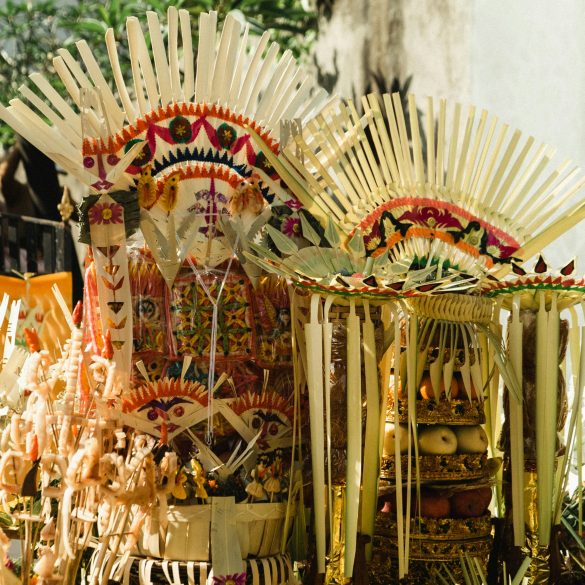Maya Culture Today: Living Traditions in Modern Guatemala
Walking through the markets of Chichicastenango on a Thursday morning, you’ll witness something remarkable—and honestly, something I didn’t fully appreciate until my third visit to Guatemala. Vendors arrange their colorful textiles while quietly offering copal incense to the four directions. Spanish mingles with K’iche’ Maya as smartphones capture photos of ceremonies that predate European contact by centuries. This isn’t cultural tourism or historical reenactment. This is Maya culture today. The Maya people of Guatemala—comprising roughly 40% of the nation’s population1—continue practicing traditions that stretch back over 3,000 years while simultaneously navigating 21st-century challenges. What strikes me most about contemporary Maya communities isn’t how they’ve preserved the past, but how they’ve adapted it to serve present needs.Guatemala Maya Population
Guatemala recognizes 22 Maya linguistic groups, with K’iche’, Q’eqchi’, Kaqchikel, and Mam being the largest. According to the 2018 census, approximately 6.5 million Guatemalans identify as Maya, representing 43.6% of the total population. The Maya constitute one of the largest indigenous populations in the Western Hemisphere.The Reality of Modern Maya Identity
Here’s where I need to address something that bothers me about most coverage of Maya culture—the tendency to romanticize or oversimplify. Modern Maya identity isn’t monolithic. A Maya software engineer in Guatemala City experiences her cultural identity differently than a traditional healer in the highlands, yet both are authentically Maya. Dr. Irma Otzoy, a Maya linguist from the Universidad Rafael Landívar, explains this beautifully: “Being Maya today means carrying our ancestors’ wisdom while creating new paths forward2.” She’s right—and this dynamic tension shapes everything from religious practices to clothing choices to language use. The statistics tell part of the story. According to Guatemala’s National Statistics Institute, 76% of Maya people live in rural areas, compared to 38% of the general population3. But what those numbers don’t capture is how Maya communities maintain cultural cohesion across geographic and economic divides.
“We are not museum pieces or tourist attractions. We are living people with living culture that adapts and grows while staying rooted in our sacred traditions.”
What really fascinates me—and what took me years to understand—is how Maya communities define authenticity. It’s not about perfect preservation of ancient practices. Instead, it’s about maintaining the spiritual and cultural essence while adapting forms to contemporary circumstances.
Sacred Rituals: Ancient Wisdom, Modern Practice
I’ll be honest—I initially approached Maya spirituality with skepticism. Coming from a secular academic background, I struggled to understand how ancient rituals could maintain relevance in an increasingly connected world. That changed during my first experience with a Maya fire ceremony in Momostenango. Maya spiritual practices today blend pre-Columbian traditions with Catholic influences, creating what scholars call “Maya Catholicism4.” But this isn’t simple syncretism—it’s a sophisticated theological system that honors both Christian saints and Maya deities, often simultaneously.Core Maya Ritual Elements Today
- Fire ceremonies (combining copal incense, candles, and sacred offerings)
- Calendar-based rituals following the 260-day Tzolk’in calendar
- Agricultural ceremonies marking planting and harvest seasons
- Life-cycle rituals (birth, coming of age, marriage, death)
- Healing ceremonies incorporating traditional medicine
| Ritual Type | Modern Application | Frequency | Community Role |
|---|---|---|---|
| Fire Ceremony | Healing, guidance, blessing | Weekly/Monthly | Individual/Family |
| Calendar Rituals | Agricultural timing, festivals | Seasonal | Community-wide |
| Healing Ceremonies | Physical/spiritual wellness | As needed | Family/Extended family |
| Life Cycle Rituals | Marking life transitions | Occasional | Community celebration |
“The calendar doesn’t just tell us when to plant corn. It tells us when to start new projects, when to resolve conflicts, when to seek healing. It’s our GPS for life.”
However, modern pressures challenge ritual practices. Urbanization, economic migration, and evangelical Christianity all impact traditional spiritual life. Some Maya communities report declining participation in traditional ceremonies, particularly among younger generations6.
Yet adaptation continues. I’ve observed Maya spiritual practices incorporating modern elements—cell phones to coordinate ceremonies, social media to share teachings, even GPS coordinates to mark sacred sites. The essence remains; the forms evolve.

Traditional Clothing: Wearable History and Living Art
Maya textiles represent one of the most visible aspects of contemporary Maya culture, and honestly, one of the most complex. Each piece tells stories—of community identity, personal history, artistic skill, and cultural resilience. But the relationship between traditional dress and modern life isn’t straightforward. Walking through any Guatemalan market, you’ll see the spectrum of Maya clothing choices. Some women wear fully traditional traje, complete with intricate huipil blouses and corte skirts. Others mix traditional pieces with modern elements. Still others dress entirely in Western clothing while maintaining strong cultural identity. All are valid expressions of Maya identity.Traditional Maya Clothing Elements
- Huipil: Traditional blouse with community-specific designs and colors
- Corte: Wraparound skirt, often handwoven with intricate patterns
- Faja: Decorative belt/sash worn around the waist
- Reboso: Shawl used for carrying children or goods
- Tzute: Ceremonial headdress or carrying cloth
| Region | Distinctive Features | Primary Colors | Cultural Significance |
|---|---|---|---|
| Chichicastenango | Geometric patterns, backstrap weaving | Red, yellow, blue | Market tradition, K’iche’ identity |
| San Antonio Palopó | Floral motifs, bright colors | Purple, pink, green | Lake Atitlán tourism influence |
| Nebaj | Dense geometric patterns | Red, orange, yellow | Ixil Maya resistance symbols |
| Todos Santos | Striped patterns, unique men’s clothing | Red, white, blue | High altitude community identity |
“My grandmother’s patterns live in my hands. When I weave, I’m not just making clothing—I’m continuing conversations with ancestors and speaking to future generations.”
The tourist market presents both opportunities and challenges. While it provides income for many Maya women, it also pressures communities to produce “authentic” pieces meeting tourist expectations rather than continuing natural artistic evolution. Some communities struggle with this tension between cultural preservation and economic necessity.
Male traditional clothing faces particular challenges. In most Maya communities, men have largely adopted Western dress, making traditional male clothing increasingly rare. This creates interesting gender dynamics around cultural expression and identity maintenance.
Language Preservation: Voices of Resilience
Maya languages represent one of the most critical aspects of cultural preservation—and one of the most endangered. Guatemala recognizes 22 Maya languages, but their vitality varies dramatically. Some, like K’iche’ and Kaqchikel, have hundreds of thousands of speakers. Others, like Itzaj and Mopan, have fewer than 1,0009. The numbers tell a concerning story. While 40% of Guatemalans identify as Maya, only 22% speak a Maya language as their primary language10. This gap reflects the complex pressures facing Maya communities—economic opportunities requiring Spanish fluency, educational systems that historically suppressed indigenous languages, and social stigma associated with Maya identity.Maya Language Revitalization Efforts
- Bilingual education programs in Maya communities
- Maya language teacher training initiatives
- Digital platforms and apps for language learning
- Community-based language immersion programs
- Maya language radio stations and media
- Academic programs at universities
Modern Challenges and Emerging Opportunities
The challenges facing Maya communities today are interconnected and complex. Climate change affects traditional agricultural practices. Economic pressures drive migration to cities or abroad. Educational systems often fail to incorporate Maya knowledge. Political marginalization limits community voice in national decisions. Yet I’ve witnessed remarkable resilience and innovation. Maya communities are developing sustainable agriculture programs incorporating traditional knowledge. Maya professionals are establishing cultural centers and museums. Maya artists are gaining international recognition while maintaining cultural authenticity.
“We’re not trying to live in the past. We’re trying to bring the wisdom of our ancestors into the future we’re creating for our children.”
The role of technology in Maya cultural preservation deserves special mention. Digital platforms preserve traditional knowledge. Social media connects diaspora communities. Online education programs teach Maya languages globally. These tools offer unprecedented opportunities for cultural maintenance and transmission.
Maya culture today isn’t a museum exhibit or tourist attraction—it’s a living, breathing, evolving reality. It faces real challenges but also demonstrates remarkable adaptability and resilience. The Maya people continue writing their own story, balancing ancient wisdom with contemporary needs, maintaining cultural identity while engaging modern opportunities.
The future of Maya culture depends largely on the choices made by Maya communities themselves. But it also depends on broader Guatemalan society’s willingness to value cultural diversity, support indigenous rights, and recognize the contributions Maya peoples make to national identity.
As I reflect on my years studying and experiencing Maya culture, I’m struck by one fundamental truth: culture isn’t something you preserve in amber—it’s something you live, adapt, and pass forward. The Maya people of Guatemala are doing exactly that, creating a vibrant cultural future rooted in ancient wisdom.
References
1
Instituto Nacional de Estadística Guatemala. XII Censo Nacional de Población y VII de Vivienda 2018
Government Census
2
Otzoy, Irma. “Maya Identity and Linguistic Revitalization.” Cultural Survival Quarterly, 2019
Academic Journal
3
World Bank. Guatemala Overview: Rural Development and Indigenous Populations, 2023
International Organization
4
Montejo, Victor. “Maya Intellectuals and the Politics of Identity.” Journal of Church and State, 2020
Academic Journal
6
Johnson, Rebecca. “Religious Change and Cultural Continuity in Maya Communities.” Indigenous Affairs Quarterly, 2021
Academic Journal
7
Cultural Survival. “Maya Textiles in Guatemala: Economic and Cultural Perspectives,” 2023
NGO Report
8
UNESCO. “Intangible Cultural Heritage: Maya Textile Traditions in Guatemala,” 2022
International Organization
10
Instituto Nacional de Estadística. “Lenguas Mayas en Guatemala: Estadísticas 2023”
Government Statistics
11
Academia de Lenguas Mayas de Guatemala. “Language Revitalization Programs Annual Report 2023”
Academic Institution
12
Little, Walter E. “Mayas in the Marketplace: Tourism, Globalization, and Cultural Identity.” University of Texas Press, 2021
Academic Book



